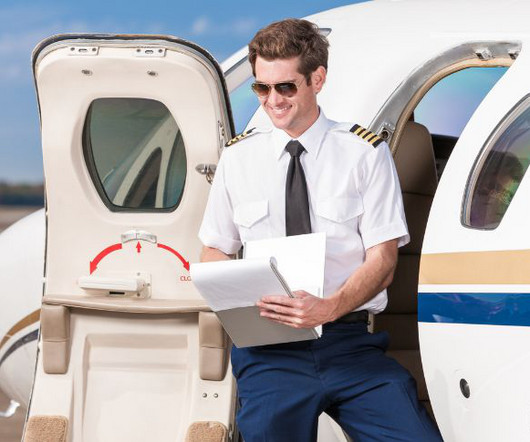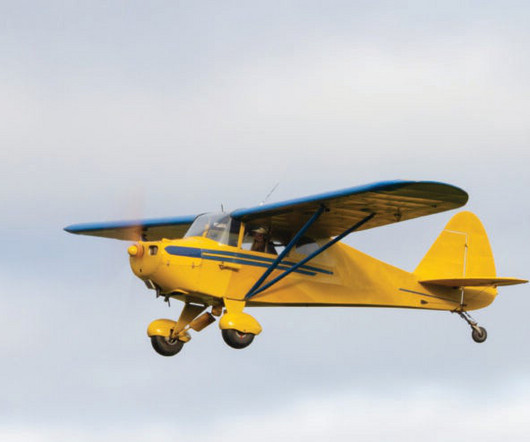Biennial Flight Review Guide: Preparing for Success
Pilot's Life Blog
FEBRUARY 10, 2025
Discussions may also cover weather interpretation, flight planning, and risk management. This may include normal and crosswind takeoffs and landings, stalls, steep turns, emergency procedures, and navigation exercises. Weather Theory and Interpretation Weather is a critical factor in flight safety.











Let's personalize your content